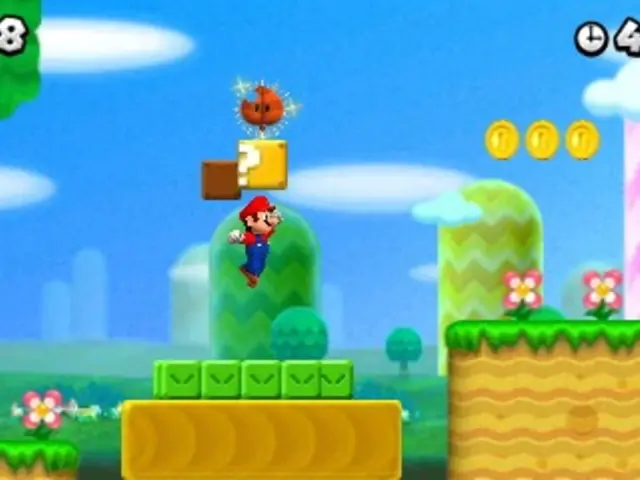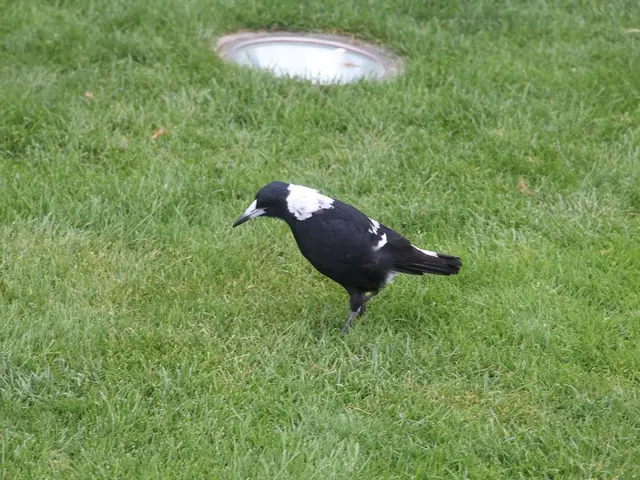Title: Optimal Irrigation Methods for Crop Cultivation
In the world of crop farming, selecting the right irrigation system is crucial for optimal crop growth and water conservation. Each irrigation system offers unique benefits, catering to different crops, soil types, and economic considerations. Here's a breakdown of the main types of irrigation systems and their features.
**1. Surface Irrigation**
This traditional method involves water flowing over the soil surface by gravity. Common methods include furrow, basin, border, corrugation, and flood irrigation. While preferred for flat areas, surface irrigation may be less water-efficient.
**2. Sprinkler Irrigation**
Sprinkler irrigation systems distribute water through pressurized pipes and spray it like rainfall. Systems include center pivots, wheel lines, hand lines, solid sets, and big guns. Suitable for many crops, sprinkler irrigation allows better control of water application and can cover large areas.
**3. Drip Irrigation (Micro-irrigation)**
Drip irrigation delivers water directly to plant roots through a network of tubes and emitters. Known for its high water-use efficiency and nutrient delivery, drip irrigation improves crop yield, especially in water-scarce areas and for sensitive crops like blueberries. However, it is more costly to install.
**4. Subirrigation**
Subirrigation applies water to ditches or underground tile lines, raising the water table to the root zone. Practical only in flat, sandy soils with a high water table, subirrigation reduces evaporation losses but is limited by geographic and soil conditions.
**5. Rain Gun Irrigation**
Rain gun irrigation uses high-pressure nozzles to spray water over crops, similar to sprinklers but with a higher throw distance. Useful for certain crops and terrains, rain gun irrigation has moderate water efficiency.
**6. Micro-sprinkling and Inverted Micro-sprinkling**
These systems deliver water in fine droplets close to the ground or below the plant canopy, conserving water compared to traditional sprinklers. Ideal for delicate crops, micro-sprinkling and inverted micro-sprinkling are less common but offer water conservation benefits.
The choice of irrigation system depends on various factors, including crop type, soil texture (clay vs sandy), and economic cost. For example, clay soils retain moisture better, requiring fewer irrigations, whereas sandy soils might necessitate more frequent drip irrigation to maintain proper moisture levels.
Linear move irrigation systems, such as hose-pull traveler systems, move laterally across fields, suitable for square fields with a minimal slope (ideally at a maximum of 4%). Cable-tow traveler irrigation systems are suitable for a range of field sizes and slopes, excluding low-growing crops like peanuts.
Traveling gun irrigation systems distribute water via a large sprinkler anchored on a moving cart. Solid set irrigation systems consist of portable, aboveground pipes with sprinklers spaced along the pipe, while permanent set irrigation systems are buried pipes with fixed sprinklers. Both are ideal for high-value crops and smaller acreage, with permanent set irrigation being expensive at initial cost per acre but easy to automate.
Center pivot irrigation systems use a central pipe with outlets that rotate around a central pivot point, covering large areas efficiently and conserving energy. They are best for round or square fields.
Drip irrigation allows for deep penetration of water into the soil and absorption in the roots. While more expensive to install, drip irrigation offers precision and sustainability benefits, making it a popular choice for vineyards, orchards, and farms producing high-value crops.
The expense of an irrigation system is often outweighed by the benefits to crop growth and yield. Choosing an irrigation system involves considering field characteristics, soil type, climate and weather conditions, crops, and water source. Farms with a land slope may need a system that enables irrigation against a slope gradient.
A drip system is designed to run no more than 12 hours per day to prevent soil saturation, erosion, and nutrient runoff. Other factors to consider when choosing an irrigation system are labor requirements to run and maintain it, and fuel cost.
Efficient irrigation depends not only on the type of system but also on how it is used, such as running it according to a schedule that matches the watering needs of crops and using smart irrigation technology that monitors, controls, and senses irrigation based on weather or soil moisture data.
In conclusion, farmers must carefully consider various factors when selecting an irrigation system to ensure optimal crop growth, water conservation, and economic viability. Increasingly, precision irrigation technologies like drip and micro-irrigation are favored for sustainability and yield improvements, especially in resource-limited environments.
In the realm of home-and-garden upkeep, understanding the various data-and-cloud-computing solutions can help manage resources more efficiently. For instance, weather and soil moisture sensors can provide valuable insights for optimal gardening timing and water usage.
With modern technology advancements, smart irrigation systems integrated with these computational services can automate watering schedules based on real-time conditions, leading to significant water savings and lifestyle improvements.








